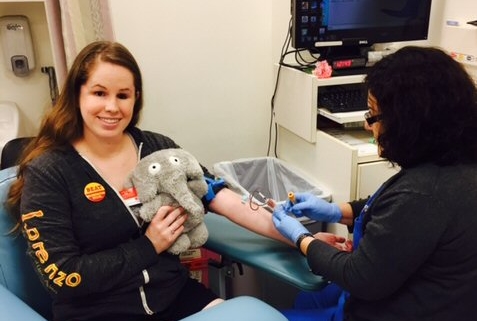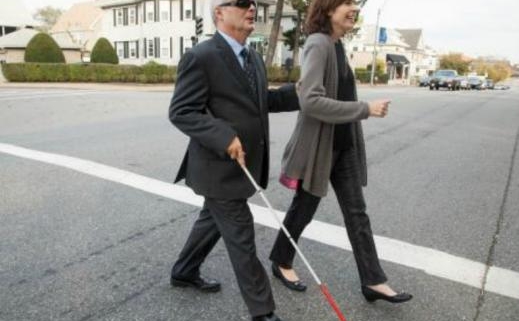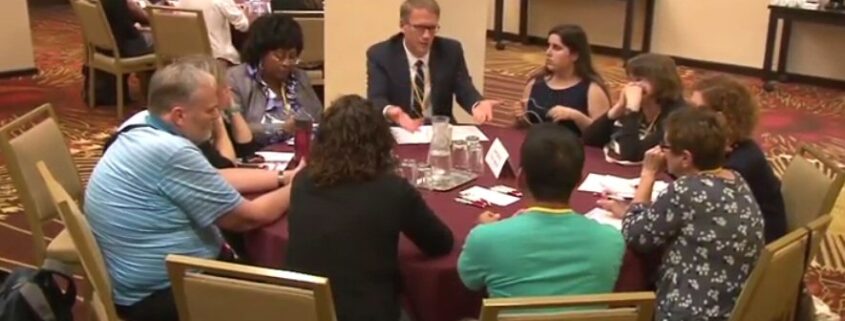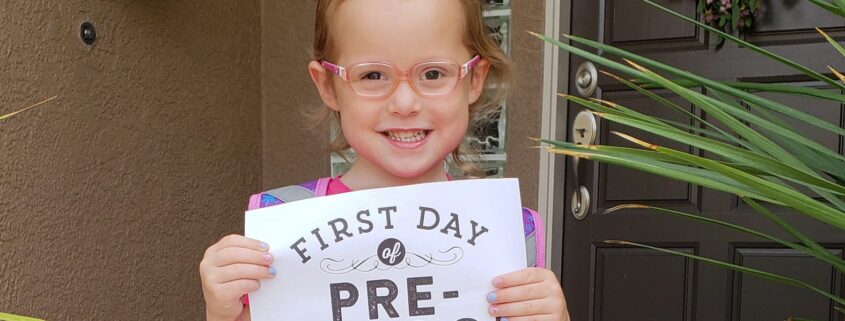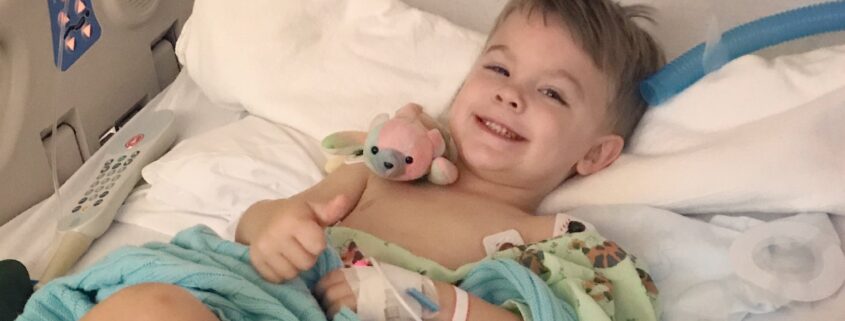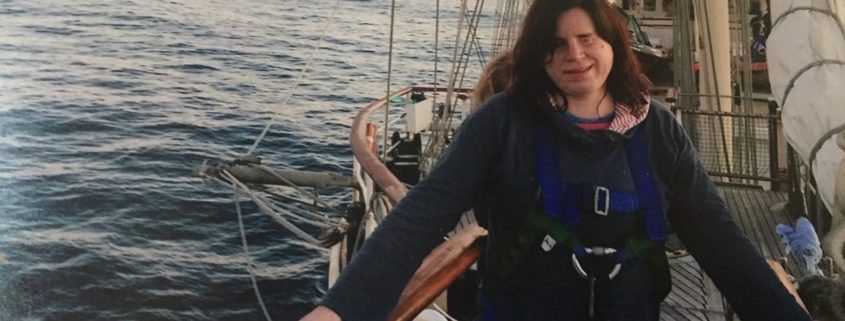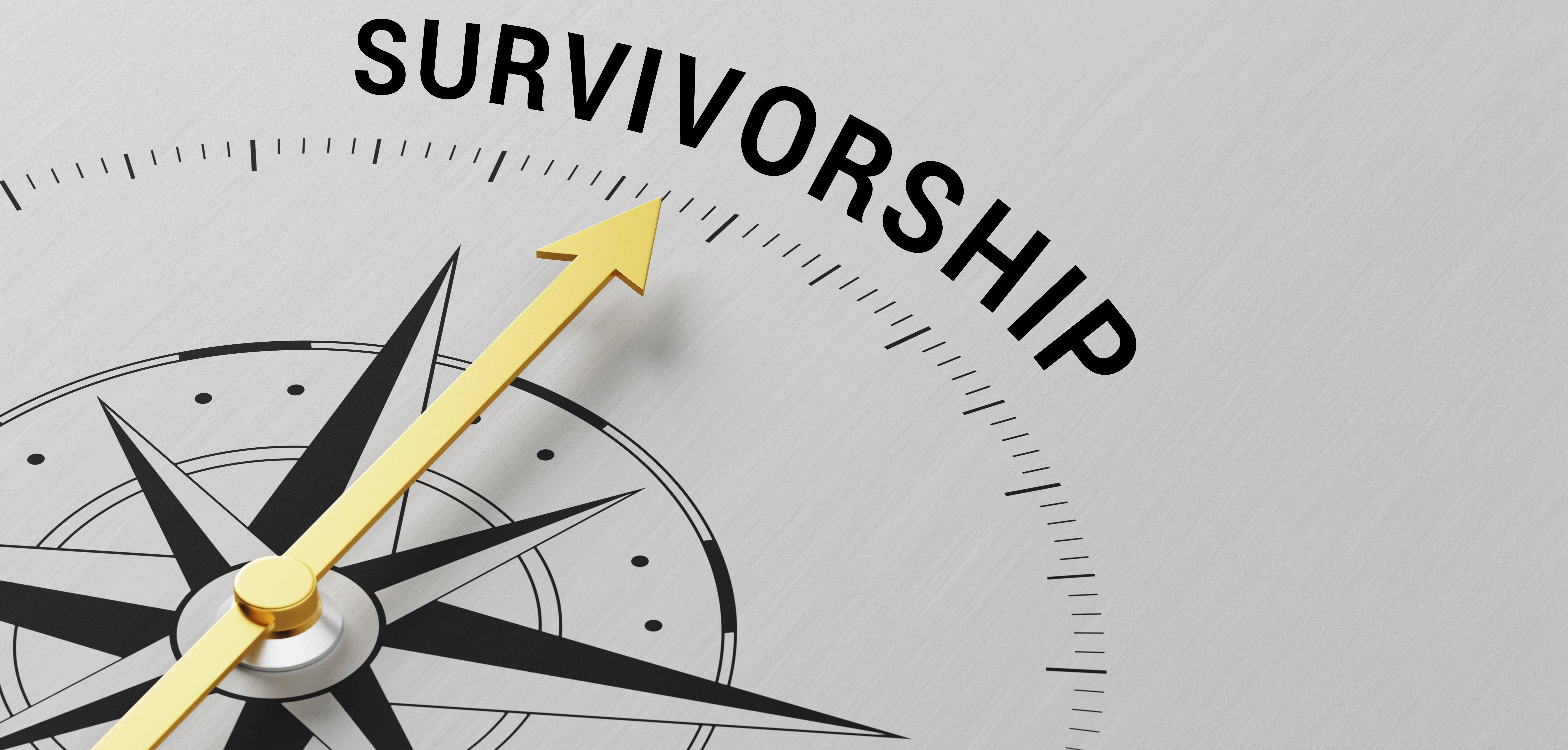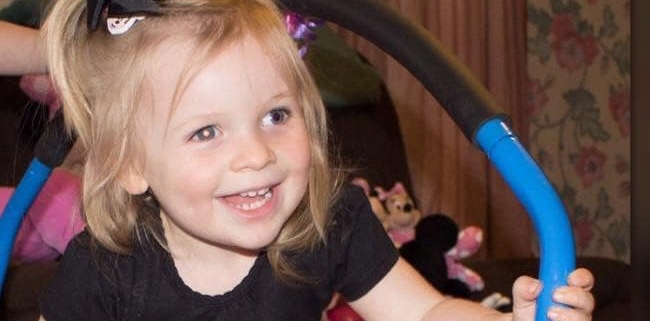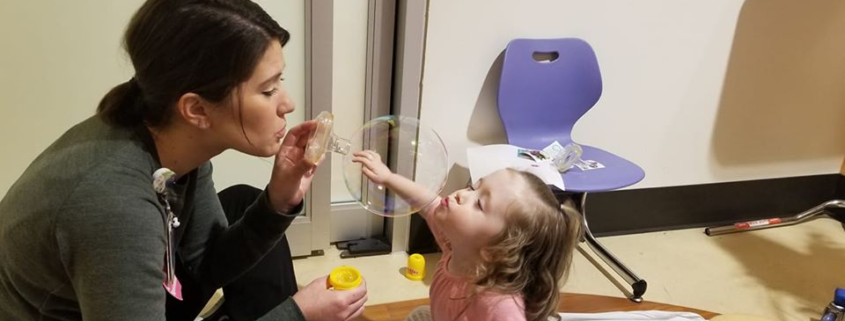How to Communicate with People Who are Blind or Vision Impaired – Part 3: Medical Care and Support
Most children with retinoblastoma and survivors have some degree of sight loss, and many experience awkward healthcare interactions as a result. This 3-part series shares survivor and parent tips for medical professionals working with people who are blind or vision impaired, Part 3 focuses on medical care and support.

